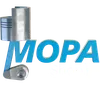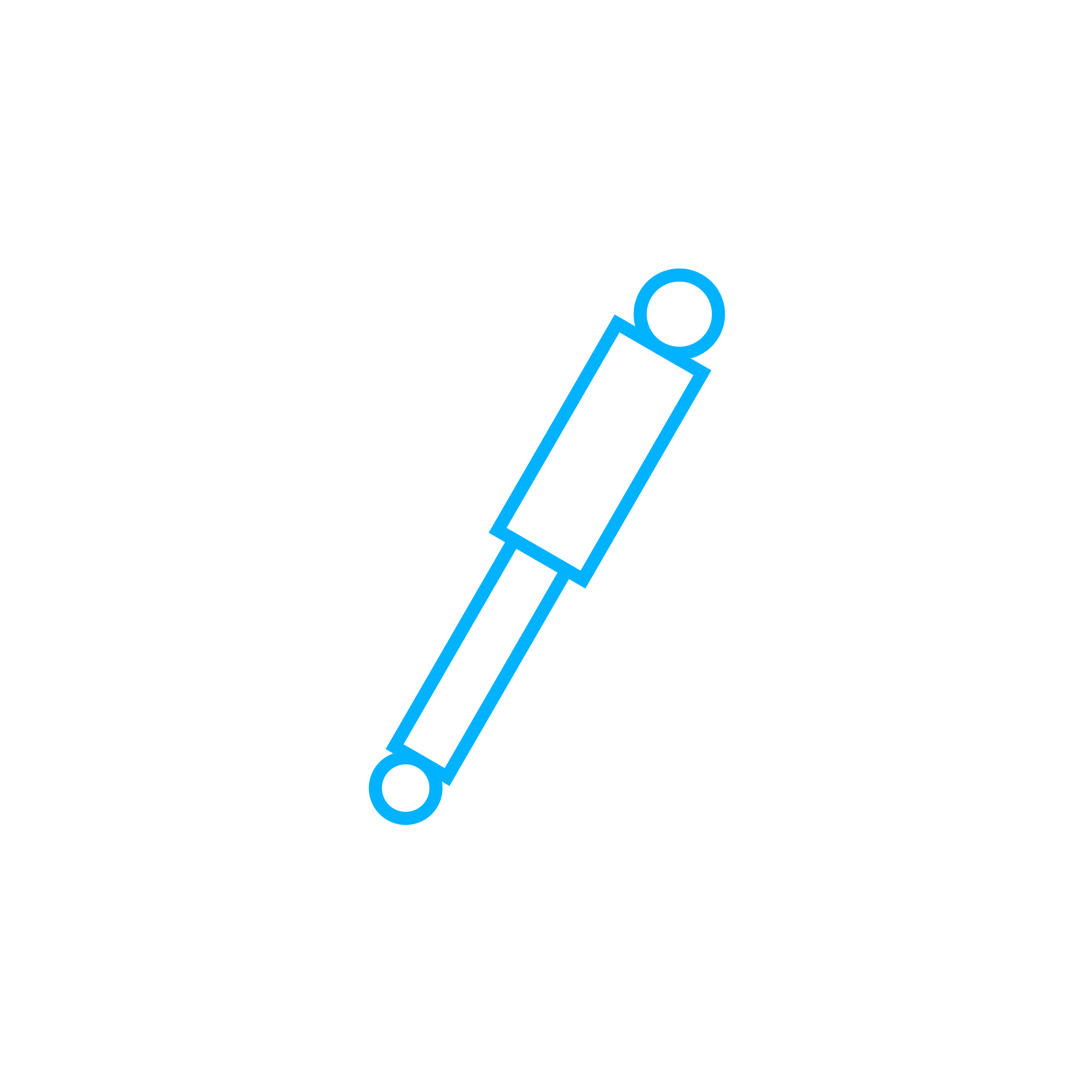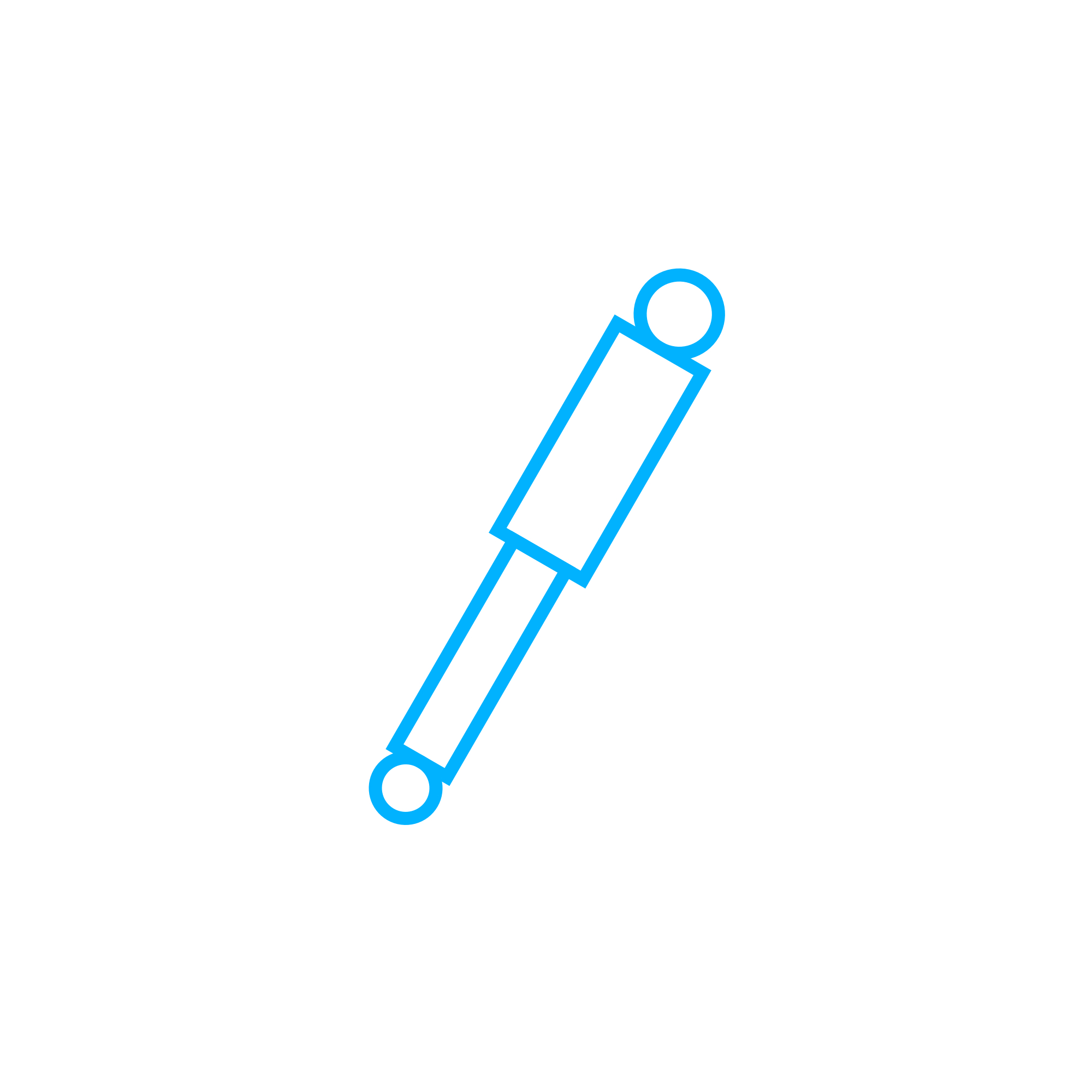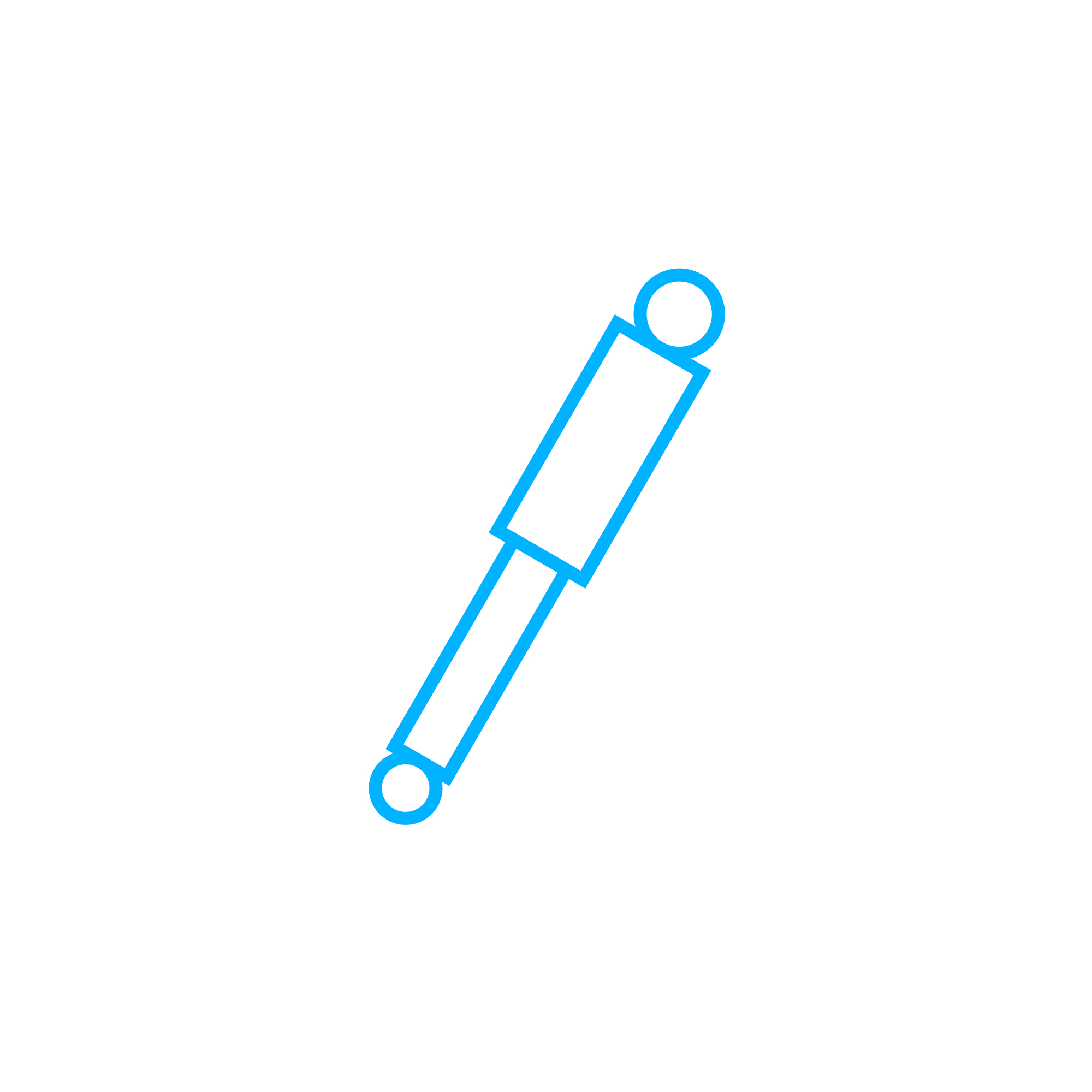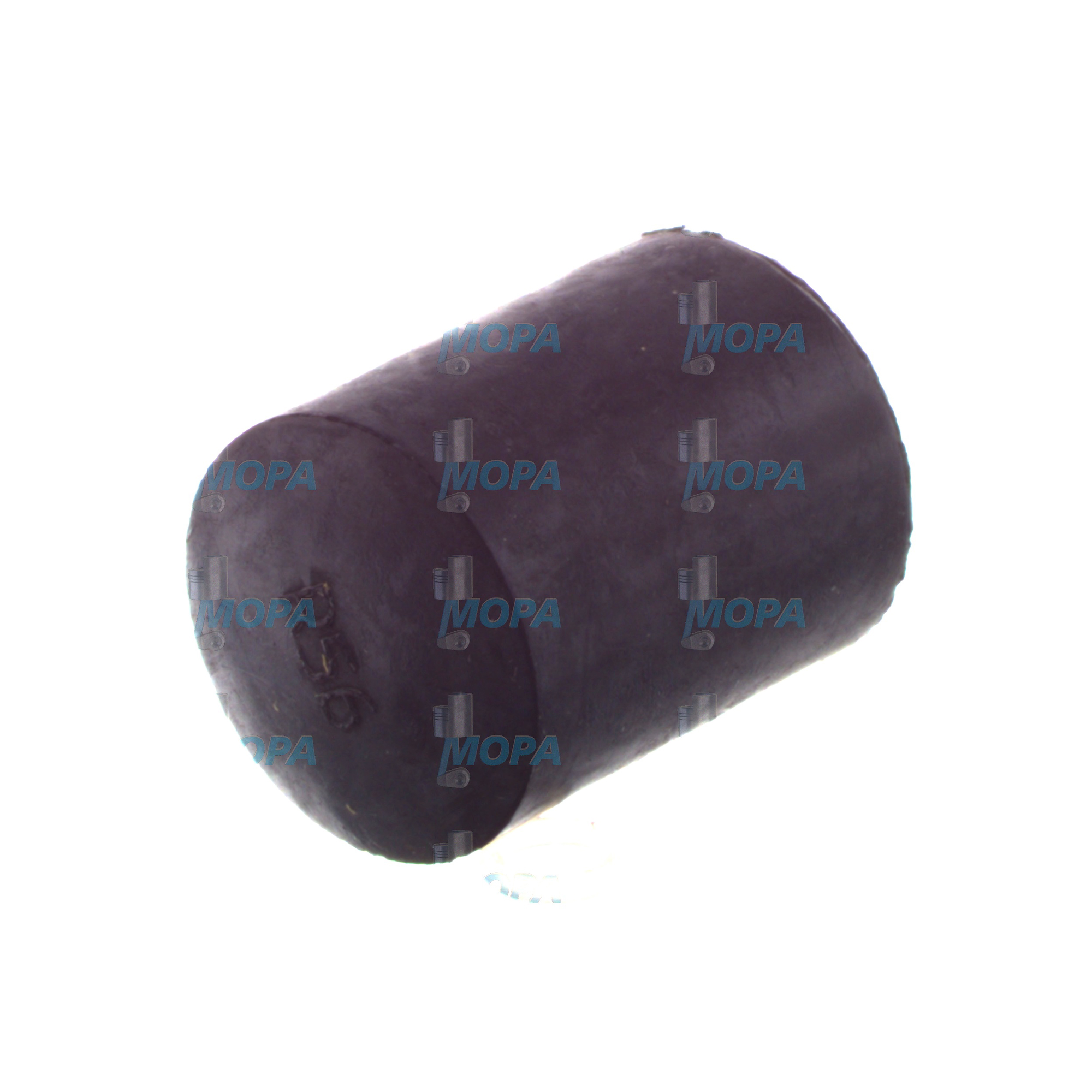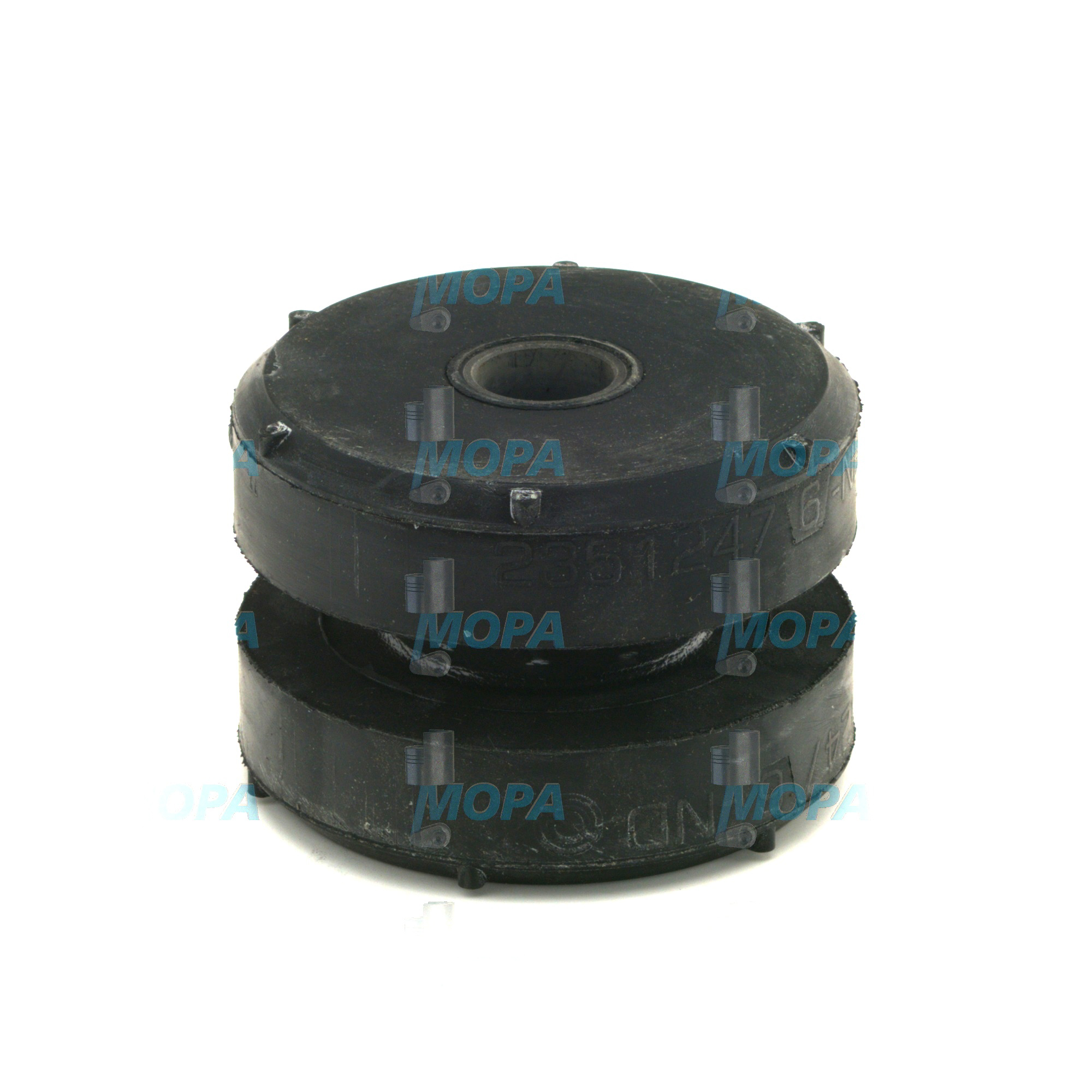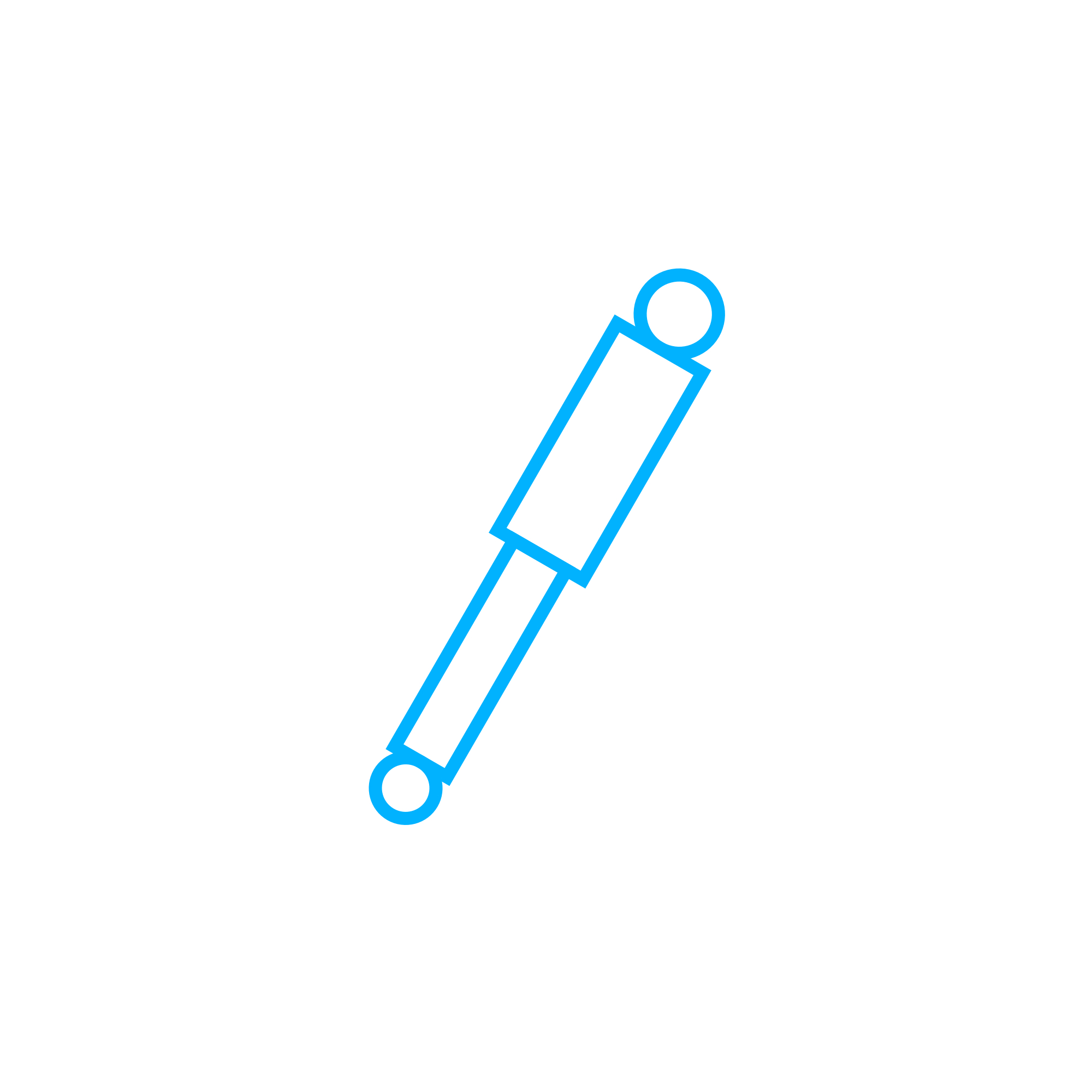RUBBER PAD/ELEMENT damping elements for diesel and marine engines
Damping elements are engineered isolation components that decouple engines and auxiliary machinery from their foundations to control vibration, structure‑borne noise, and shock. In propulsion systems, gensets, and industrial drives, they play a decisive role in protecting frames, hulls, skids, and sensitive peripherals. A RUBBER PAD/ELEMENT combines elastomeric materials with metal interfaces to create a tuned spring‑damper system that stabilizes a diesel engine or marine engine under dynamic loads, improving comfort, reliability, and component life.
Technical function of RUBBER PAD/ELEMENT damping elements in diesel engine and marine engine applications
Functionally, a RUBBER PAD/ELEMENT works as an isolator with defined stiffness and damping. Under static load, the elastomer compresses to a calculated deflection; under dynamic excitation, it behaves like a spring with a specific natural frequency. When that natural frequency is set well below the engine’s operating speed, vibratory forces are attenuated before they propagate into the base frame or hull. The damping characteristic (loss factor) dissipates energy peaks, reducing resonance amplification during start/stop or transient loading. In marine engine rooms and power plants, this stabilizes alignment of shafts and couplings, reduces bolt loosening, prevents cracking of brackets and pipework, and lowers noise transmitted to accommodations or control rooms.
Well‑specified RUBBER PAD/ELEMENT OEM parts maintain consistent Shore A hardness, dynamic stiffness, and bonding quality between rubber and metal, which are essential for predictable isolation behavior. They are available in compression, shear, and combined designs, with optional fail‑safe features and snubbers for high shock scenarios. Material choices include NBR for oil resistance, EPDM for heat and ozone, and natural rubber for high resilience; metal inserts are typically zinc‑nickel coated or stainless, depending on the environment.
RUBBER PAD/ELEMENT materials, design, and sizing
Correct sizing of a RUBBER PAD/ELEMENT considers machine mass, center of gravity, number of mounts, static and dynamic load per mount, target static deflection, and expected excitation spectrum (orders of engine speed). Engineering calculations set the isolator’s natural frequency, often 60–80% below idle speed for a diesel engine to ensure isolation across the operating range. Safety factors account for roll, pitch, and transient torque. The outcome is a configuration that limits motion while meeting vibration criteria and class noise targets aboard vessels.
- · Tuned stiffness for target natural frequency
- · Defined damping for transient control
- · Oil-, fuel-, and heat-resistant elastomers
- · Corrosion-protected metal interfaces
- · Shear, compression, or combined geometry
- · Fail‑safe options for shock and uplift
- · Dimensional accuracy for drop‑in replacement
- · Traceable material and process quality in OEM parts
Importance of RUBBER PAD/ELEMENT damping elements for reliable engine operation
In continuous operation, the condition of damping elements directly influences engine health and lifecycle costs. If a RUBBER PAD/ELEMENT hardens, cracks, or creeps, static deflection changes and the natural frequency shifts toward the excitation range. The result can be elevated vibration, misalignment of shafts and gearboxes, seal and bearing wear, fatigue cracking in brackets and exhausts, and an uptick in noise exposure. On vessels, compromised isolation can cause nuisance alarms from vibration sensors, cracked welds in piping supports, and reduced comfort ratings. In power plants, poor isolation can lead to loosened anchor bolts and premature failure of instrumentation mounted on skids.
Typical indicators of wear include visible rubber degradation (surface checking, oil swelling, delamination), permanent set or sagging, corroded inserts, and uneven mount heights. Proactive inspection—measuring installed height, verifying torque values, and checking that static deflection matches the design—prevents escalating damage. Replacing aged RUBBER PAD/ELEMENT components at planned intervals maintains isolation performance and protects connected systems such as coolers, fuel modules, and control cabinets.
Advantages of OEM spare parts suitable for Damping elements and RUBBER PAD/ELEMENT assemblies
Using OEM spare parts for a RUBBER PAD/ELEMENT assures the compound formulation, hardness, and bonding process specified by the engine builder. This preserves the intended stiffness curve and damping factor across temperature and load, so the mount behaves as designed at idle, rated speed, and during transients. Dimensional conformity ensures correct installation height, avoiding unintended preload that could alter natural frequency or introduce alignment issues. Consistent metal quality and coatings improve corrosion resistance in saline or humid atmospheres, especially around marine engine foundations.
From a performance and budget perspective, the right OEM spare parts minimize re‑engineering, reduce vibration troubleshooting time, and help maintain compliance with onboard noise limits and plant acceptance criteria. Documented testing (e.g., dynamic fatigue, temperature aging, salt spray) and traceability streamline audits and class interactions. Predictable service life and stable isolation characteristics support longer maintenance intervals, fewer secondary failures, and lower total cost of ownership.
Why choose OEM spare parts for RUBBER PAD/ELEMENT in marine engine and diesel engine fleets
OEM spare parts keep the isolation system tuned to the engine’s excitation orders, safeguarding couplings, bearings, and foundations. They allow fleet harmonization—identical RUBBER PAD/ELEMENT behavior across sister vessels and plants—which simplifies spares management and risk assessment. In short, they preserve the engine‑to‑foundation interface as an engineered system rather than a trial‑and‑error assembly.
MOPA: fast, high‑quality supply of OEM parts for RUBBER PAD/ELEMENT damping elements
MOPA is an experienced partner for sourcing OEM spare parts for damping elements and RUBBER PAD/ELEMENT assemblies across diesel and gas engines. Our team understands isolation calculations, shore hardness selections, and installation constraints on skids and marine foundations, enabling accurate cross‑referencing by engine model, serial number, or drawing position. We emphasize speed, quality, and security in the trade of OEM parts: controlled procurement, verified documentation, robust packaging, and reliable global logistics that meet tight port calls or outage windows.
Whether you need single replacements or full mount sets matched for installed height and load distribution, MOPA supports you with technical clarity, transparent lead times, and responsive coordination. This reduces downtime risk and helps your crew or service provider complete the job right the first time.
Conclusion: RUBBER PAD/ELEMENT damping elements with OEM spare parts
Well‑specified RUBBER PAD/ELEMENT damping elements are vital to control vibration, protect structures, and sustain performance in marine engine and diesel engine applications. Selecting OEM spare parts suitable for these damping elements preserves the engineered isolation characteristics and extends service life while safeguarding budgets and uptime.
